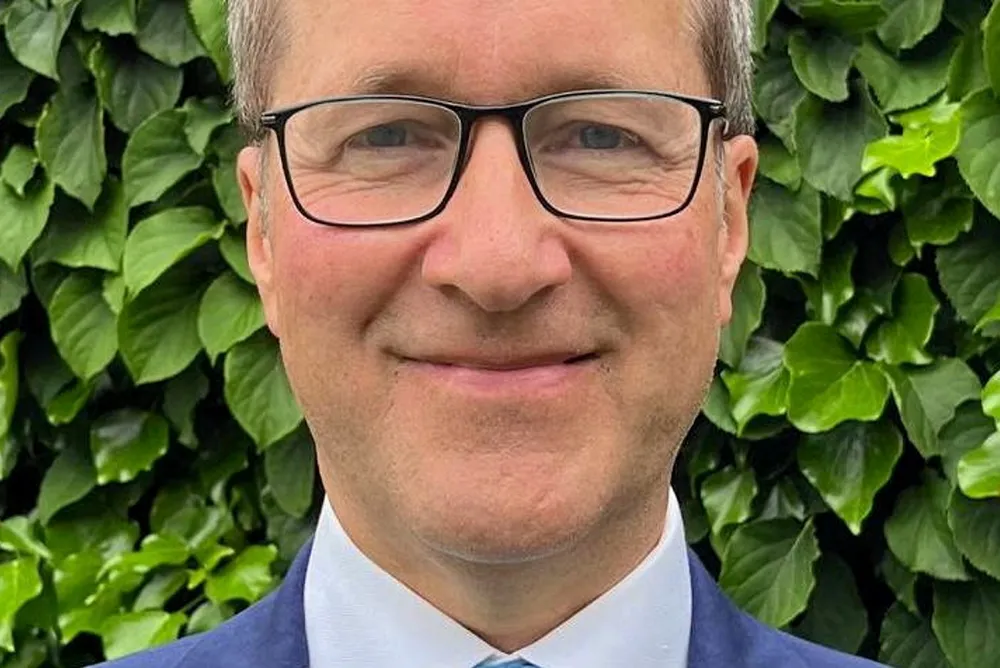Labour's UK offshore wind target impossible, says Jan De Nul chief
Contractor's UK manager also runs rule over British state-owned installation fleet and how such vessels are being pushed to the limit by turbine supersizing

The Labour Party is expected to sweep to power in the UK in a few weeks but its goal of having 60GW of offshore wind installed by 2030 is impossible and will not be taken seriously by the supply chain, says Jan De Nul’s UK manager.
That plan includes quadrupling the UK’s offshore wind capacity from its current level of almost 15GW by the end of the decade. By that time, Labour, which is polling at twice the levels of support for the ruling Conservative Party ahead of the 4 July election, wants fossil fuels booted off the electricity grid entirely.
“If you haven’t got foundations, you can’t install turbines, even if the turbines are available.”
There is also a “seven-year wait” for the HVDC electrical switchgear for offshore wind farms, he said.
So for any project using HVDC that wants to be up and running by 2030, “they need to place that switchgear order today.”
Adding another 10GW to the current UK target of installing 50GW of offshore wind power by 2030 “is a great headline,” he said. “But – personal view, not the company view – it cannot be done.”
Skillen also doubted that the supply chain would take the new target “very seriously” as a signal to increase investment.
“Ultimately, the projects are usually built by developers,” he said, noting that they had staged a no-show at the UK’s last renewables auction, AR5.
The upcoming edition AR6 “doesn’t look like being a bumper round yet,” he said – although a new government “could change that.”
A state-owned fleet? ‘You can see a case – and lots of problems’
If the UK was really determined to hit its targets and this was something that was “ultra-important,” Skillen said the “only way you could influence the 2030 target is introduce more capacity into the marketplace.”
“That could mean some direct government intervention,” he said. “So you could see a case for it.”
“But governments have never run installation vessels before,” he said, and they are expensive items that would have to be run by marine contractors, of which you could argue there is also a shortage.
The UK work would likely come in “lumps” so the vessels wouldn’t always be fully utilised. “So there’s all sorts of problems on that.”
“But the fact that the UK needs more vessel capacity, or access to vessel capacity, especially for the 2030 target, is obvious.”
Looking at the number of projects you’d need to complete to even hit 50GW by 2030 and installation programmes, “it’s colossal.”
Turbine supersizing pushing vessel designs ‘to limits’
One thing that is not helping the global rollout of offshore wind turbines is their continuous supersizing by OEMs.
Skillen said Jan De Nul had “tried to build a vessel that's future-proofed as much as possible.”
But if you build a vessel now “you really want to know what size is a turbine in 2040 – and of course nobody can answer that question.”
“Once you size these vessels it’s very hard to upgrade them. And they’re really at the limits of engineering”.
It is not just vessel makers that are suffering, he said. OEMs will typically have a “whole army” of smaller companies making all the nuts and bolts for turbines. They have had to build new factories as turbines get bigger and “they haven’t made any money all the way along that journey.”
“So when [turbine OEMs] go back to them and say actually that factory you built recently isn't big enough now you need to build a bigger one… some of these suppliers will probably say no.”
Skillen stressed however that while the sector has challenges just "like any other growing industry," the outlook is "bright for growth, jobs, lower emissions and energy security as offshore wind plays an important role in the energy transition."
(Copyright)